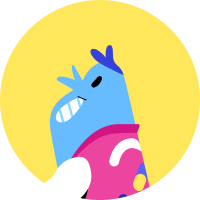Lesson 2: Websites
Cards (19)
- What is a website?
- What is a webpage?
- What does URL stand for?
- What is an example of a URL?
- What does 'https' in a URL represent?
- What does 'www' in a URL stand for?
- What is the domain name in the URL https://www.facebook.com?
- What does '.com' represent in a URL?
- What is the difference between a website and a webpage?
- What is Web 1.0 also known as?
- What characterizes Web 1.0?
- What is an example of Web 1.0?
- What are the characteristics of Web 1.0?
- What is Web 2.0 also known as?
- What characterizes Web 2.0?
- What are the features of Web 2.0?
- What is Web 3.0 also known as?
- What characterizes Web 3.0?
- What are the problems associated with Web 3.0?
